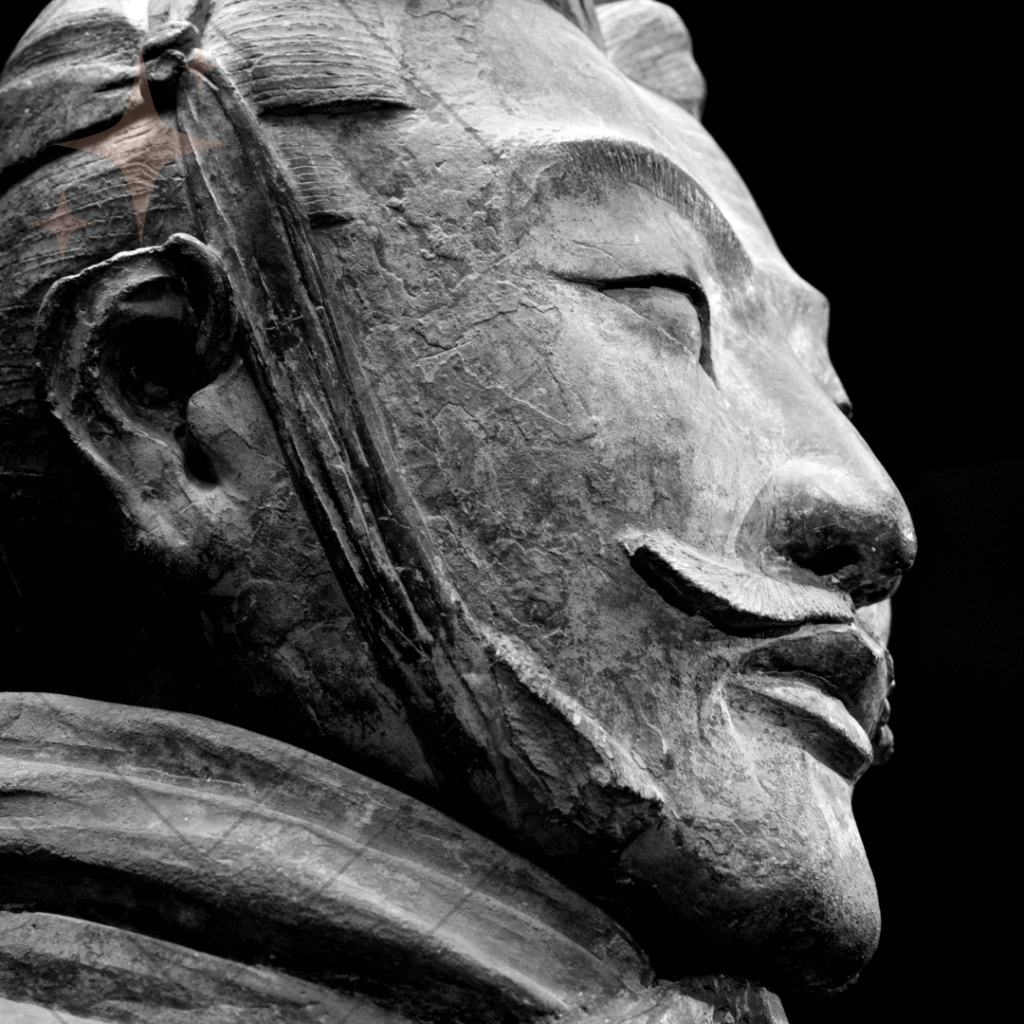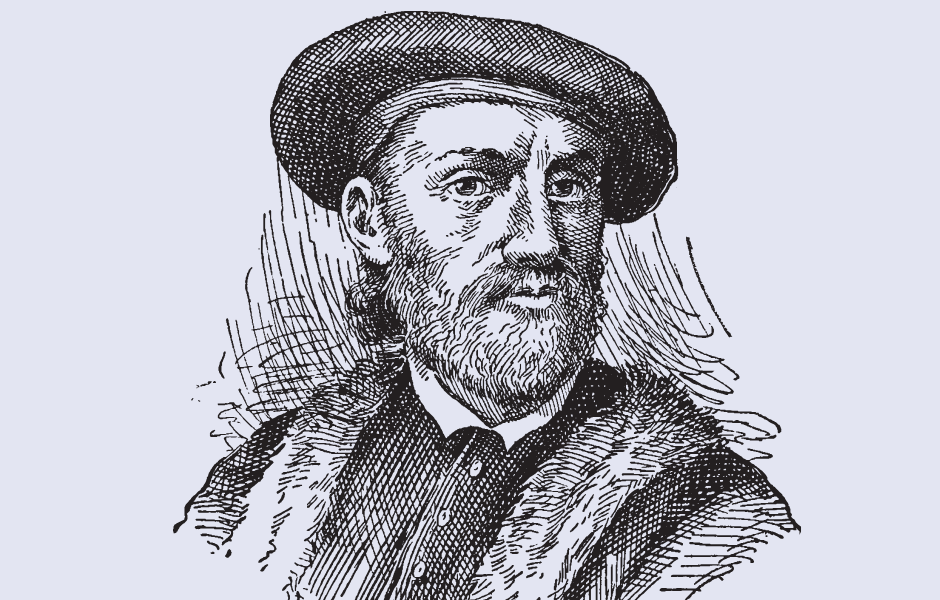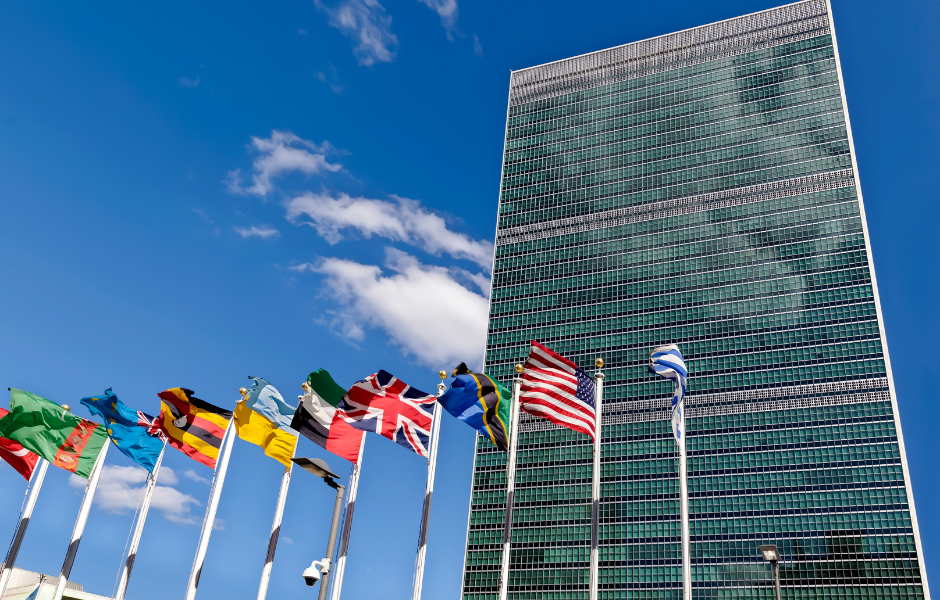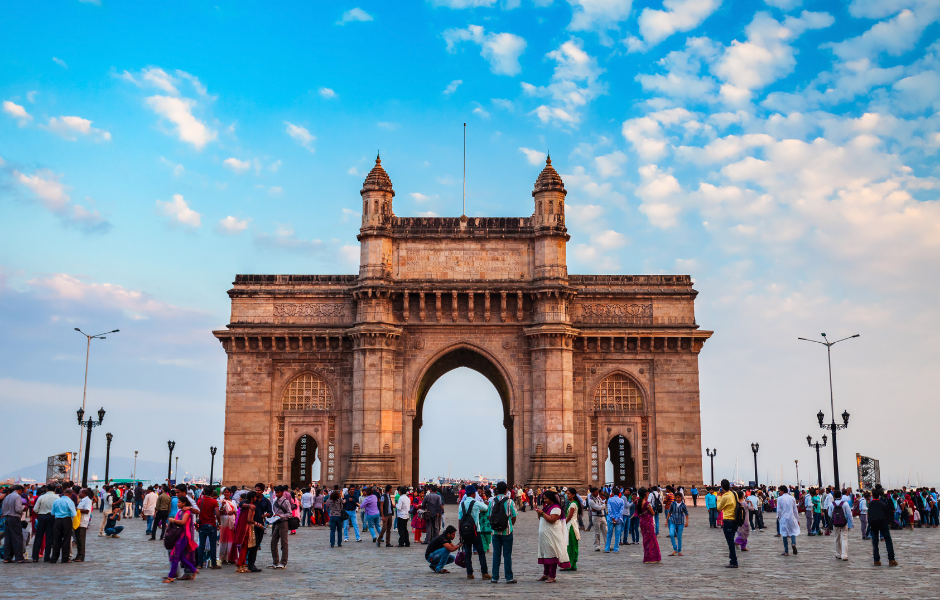
This children’s article, The Terracotta Army: China’s buried soldiers, has been written for native English speakers and learners of English as a second or foreign language. It can help children build vocabulary, learn about ancient China, and discover one of the world’s most amazing archaeological finds. Written by Mark Pulley, a teacher and writer who creates fun and informative news articles for English learners.
A big discovery in a farmer’s field
In 1974, a group of farmers were digging a well near Xi’an (pronounced “see-an”), China. But instead of water, they found something surprising: a broken clay head!
They had just discovered the first piece of what would become known as the Terracotta Army, thousands of life-sized clay soldiers buried underground for over 2,000 years.
A powerful emperor with big afterlife plans
The army was made for Emperor Qin Shi Huang, the first emperor to rule all of China. He wanted to be just as powerful in the afterlife as he was in real life, so he ordered a huge underground tomb filled with everything he might need, including an army to protect him forever.
Amazingly, each clay soldier is different, with unique faces, hairstyles, and uniforms.
Colourful soldiers that faded fast
When the Terracotta Army was first made, it was very colourful. The soldiers wore bright paint, reds, purples, greens, and blues. But sadly, when the soldiers were unearthed and exposed to the air, the paint flaked off in just a few minutes.
Scientists are working on special ways to protect the colours using chemicals and even thin layers of plastic. This is important because hundreds more clay soldiers are still buried underground, waiting to be uncovered.
Rivers of mercury and a museum for millions
Emperor Qin’s underground palace is still mostly hidden. Ancient stories say he created rivers of liquid mercury to flow through the tomb, and scientists have found high levels of mercury in the ground. The main tomb itself has never been opened; it’s too dangerous and delicate.
Today, the Terracotta Army is one of China’s top attractions. It has its own museum near Xi’an and gets around five million visitors every year! Imagine walking through rows of ancient warriors, standing guard after all this time.

Article vocabulary list
- Emperor – a ruler of an empire, like a king of many lands
- Afterlife – the life some people believe happens after death
- Terracotta – a type of clay used to make pottery and statues
- Tomb – a place where someone is buried
- Unique – one of a kind; not the same as anything else
- Flakes off – breaks or peels away in small bits
- Delicate – easily broken or damaged
- Mercury – a dangerous liquid metal used in the past
- Uncovered – found or revealed after being hidden
- Attraction – a place people visit because it’s interesting or fun
Comprehension questions
Just click the plus (+) to see the answer
1. Where was the Terracotta Army discovered?
A) Beijing
B) Xi’an
C) Shanghai
Answer: B) Xi’an
2. Who ordered the creation of the Terracotta Army?
A) Emperor Wu
B) Emperor Qin Shi Huang
C) Emperor Han
Answer: B) Emperor Qin Shi Huang
3. What are scientists doing to save the paint?
A) Using fans
B) Painting them again
C) Using chemicals and plastic
Answer: C) Using chemicals and plastic
4. What unusual thing did the emperor build underground?
A) A pyramid
B) Rivers of mercury
C) A school
Answer: B) Rivers of mercury
5. How many people visit the museum each year?
A) One million
B) Five million
C) Ten million
Answer: B) Five million

Mark is a writer and EFL teacher from England with eight years’ experience. He’s passionate about travel, sport (especially football), animals, nature, and history, and enjoys helping children explore the world through language and learning.




